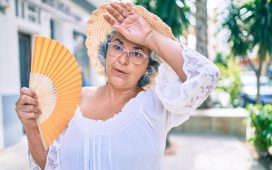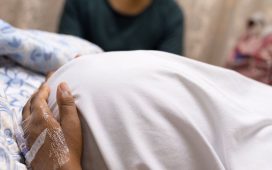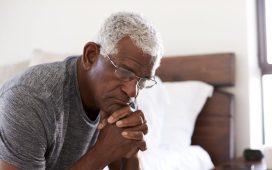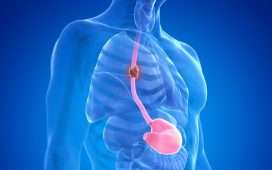Decision tree approach superior to composite score approach for classifying cases with sunburn
FRIDAY, June 29, 2018 (HealthDay News) — A decision tree analytic technique shows the interactive effects of sun protective behaviors on the likelihood of sunburn, according to a study published online June 27 in JAMA Dermatology.
Kasey L. Morris, Ph.D., and Frank M. Perna, Ed.D, Ph.D., from the National Cancer Institute in Bethesda, Maryland, conducted a cross-sectional study to assess whether decision-based modeling can be used to identify patterns of sun-protective behaviors associated with the likelihood of sunburn. Data were included for 28,558 adult respondents with complete data from the 2015 National Health Interview Survey.
The researchers identified 20 patterns of sun protection. Among the 15,992 sun-sensitive individuals, the highest likelihood of sunburn (62.4 percent) was reported for those who used only sunscreen. The group with the lowest likelihood of sunburn (24.3 percent) did not use sunscreen but reported the other three protective behaviors (seeking shade, wearing a hat, and wearing protective clothing). Among 12,566 non-sun-sensitive individuals, the lowest likelihood of sunburn (6.6 percent) was seen for those who engaged in all four protective behaviors. Those who reported only sunscreen use had the highest likelihood of sunburn (26.2 percent). A similar number of cases was correctly classified by the decision tree model and the composite score approach; the decision tree model was superior in classifying cases with sunburn (44.3 versus 25.9 percent correctly classified).
“These data show where traditional measurement approaches of behavior may fall short and highlight the importance of linking behavior to a clinically relevant outcome,” the authors write.
Copyright © 2018 HealthDay. All rights reserved.








